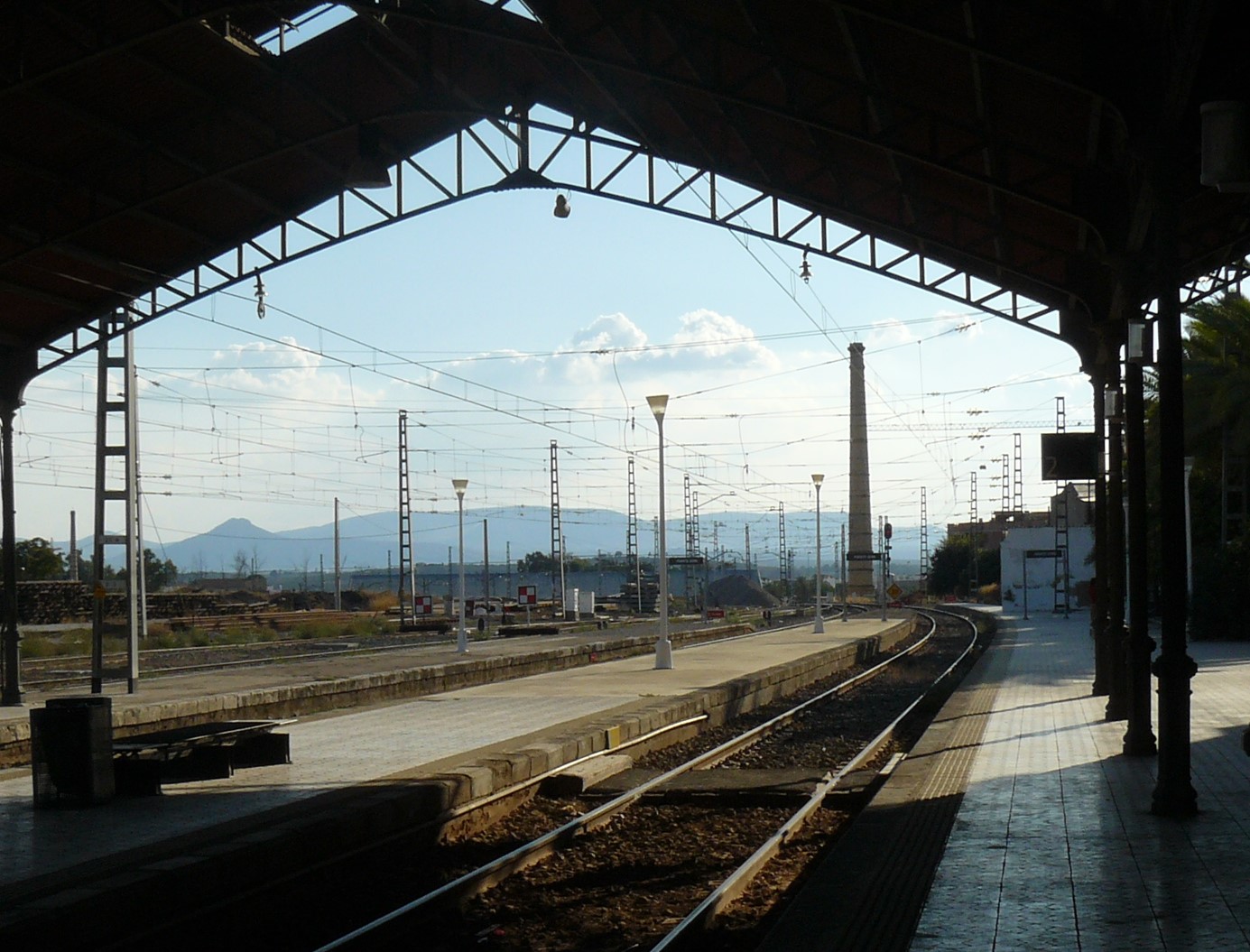Adif is extending sidings at four stations in the province of Córdoba, with an investment of EUR 36 million spread over two contracts for the extension of the sidings at the stations of Fernán Nuñez, Montilla, Puente Genil and Pedro Abad.

These actions aim to allow the parking and crossing of trains up to 750 m long, improving the capacity, efficiency and competitiveness of the railway, contributing to the reduction of external and internal costs of freight transport.
The expansion of these sidings will also contribute to the deployment of future Motorway Rail (AF) services on the Algeciras-Madrid-Zaragoza route, which will promote sustainability, intermodality and increased freight traffic with Europe.
Sidings at Fernan Nunez, Montilla and Puente Genil
The first of the contracts, with a budget of around EUR 22.5 million, covers the sidings at the stations of Fernán Nuñez, Montilla and Puente Genil, belonging to the conventional gauge line between Córdoba and Bobadilla.
The works consist of the extension of the platform, the reconditioning of the old platform in the platform area and the installation of track on the extended route. In addition, the extended tracks will be electrified and the catenary of the stations will be adapted. The drainage system will also be adapted to the new track configuration and fencing will be placed on the siding track and on the main track where necessary. Additionally, at Montilla station the existing overpass will be replaced by a renovated one.
Pedro Abad Station
The second contract, with a budget of EUR 13.8 million, will extend the siding at Pedro Abad station, part of the Córdoba Mercancías-Linares Baeza line, by up to 750 m.
An underpass located near the station will also be renovated, a new longitudinal drainage system will be built between the new siding and the existing ones, and the overhead lines will be adapted.
Benefits of sidings
The extension of sidings to 750 metres at stations brings several key improvements to the development of rail traffic:
- Increased traffic capacity on the line, allowing longer trains to circulate without interrupting the passage of others.
- Improving traffic efficiency by reducing waiting times for trains at crossings within stations.
- It facilitates traffic management by allowing for a more fluid distribution of traffic.
- Greater safety in rail traffic by increasing the points at which trains can move aside without affecting other trains.
This action contributes to the achievement of Sustainable Development Goal (SDG) 9 (Industry, Innovation and Infrastructure), which includes among its goals the development of reliable, sustainable, resilient and quality infrastructures.
Adif’s investment plan
Adif has an ambitious investment plan underway to launch high-speed rail services on the Algeciras-Madrid-Zaragoza route, which, with a planned investment of EUR 468 million, will be decisive in boosting the increase in the share of rail transport, both in the central branch of the Mediterranean Corridor and in the Atlantic. In addition, it will strengthen intermodality in the Iberian Peninsula with traffic between Europe and Morocco.
Adif has already put out to tender the adaptation of the tunnels located between Córdoba and Santa Cruz de Mudela (the Alcázar de San Juan-Cádiz line passing through the provinces of Ciudad Real, Jaén and Córdoba) to the gauge required for future high-speed train services. It has also put out to tender the adaptation of the gauge of 21 tunnels on the Bobadilla-Algeciras line and the adaptation of 46 overpasses located on the Bobadilla-Bifurcación Córdoba Mercancías and Alcázar de San Juan-Cádiz lines.
In addition, the contract has been awarded for the adaptation of tunnels and overpasses between Madrid and Zaragoza for EUR 78 million. In total, on the AF Algeciras-Zaragoza route, which runs between the Port of Algeciras Bay and the Zaragoza Plaza terminal, work will be carried out on 174 structures: 43 tunnels and 131 overpasses.
Adif will also carry out the extension of tracks to 750 m in a total of 17 stations, which will reinforce the efficiency and competitiveness of the route. In this area, it has recently put out to tender the extension to 750 m of the siding tracks at the stations of Arcos de Jalón (Soria), Sigüenza, Humanes de Mohernando and Jadraque (Guadalajara), and Paracuellos-Sabiñán, Morés and Épila (Zaragoza). Meanwhile, these works are currently underway at the station of Grisén in Zaragoza and at those of Campillos (Málaga) and Setenil (Cádiz).
The investments include the implementation of the Automatic Banalized Block (BAB) between Guadalajara and Calatayud -already contracted-, a system that guarantees the distance between trains by means of signals.
On the Algeciras-Zaragoza route there will be 2 daily runs in each direction in the initial phase, which will be extended to 3 daily trains in each direction one year after the start of the service with trucks originating/destination Morocco, to which will be added 2 daily trains (one in each direction) from Huelva to Zaragoza, with trucks originating/destination the Canary Islands and the surrounding area of Huelva, and another 4 daily trains (2 in each direction) between Seville and Zaragoza, with trucks originating/destination the Port of Seville and the rest of Andalusia.
In this way, approximately 12,000 km of trains will be covered daily and some 360 trucks will be transported on this route, avoiding 360,000 km of truck traffic on the road per day.
These actions will be funded by the European Union through the “Recovery, Transformation and Resilience Plan. Funded by the European Union NextGenerationEU.
Share on:



